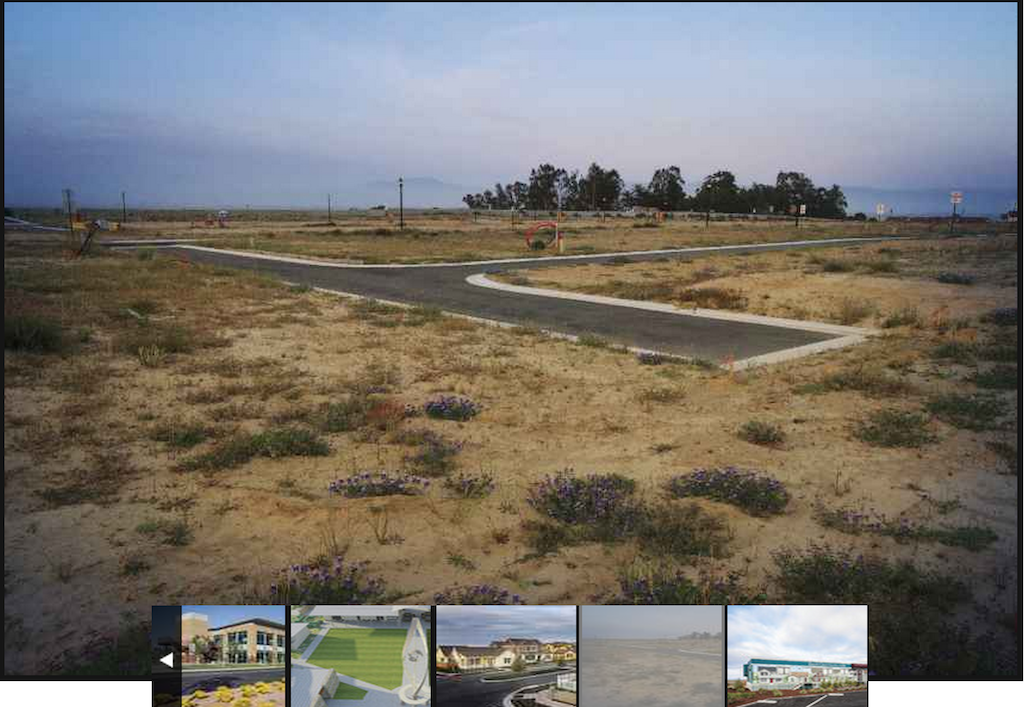It’s never not about land. But now it’s more about land than practically ever.
And when it comes to the asymmetries that apply to getting a lot of land for good times and the right land for leaner times ahead, big builders and big foreign-based builders have just about all the advantages, and smaller, private companies have just about none of them right now.
Those big builders–U.S.-based and Japan-based–continue to use less expensive, more accessible troves of cash or public debt to either expand their footprint into economically animated and vibrant markets, or deepen their market penetration and product line alignment and expertise with new customer segments in markets they’re already in.
Some are doing it with brand new bonuses from Uncle Sam in the form of tens of millions of dollars of gains from new tax laws that went into effect in late December. Some are doing it with brand new lines of credit accessed from the public debt markets prior to significant impact of rising lending rates. And, of course, the Japanese companies have access to capital that’s altogether less expensive than U.S. debt, and have greater urgency to establish and grow their U.S. operator holdings amid a no-growth domestic home building market.
And now, as both the pace of momentum and the clouds of uncertainty as to how long that momentum can extend intensify, the replenishment of land–the control of it, the price for it, the location of it, its match to operations, established trade relationships, and home buying customer needs is priority No. 1, 2, and 3 these days, trumping other sources of angst and need for attention.
One builder describes the cyclical pursuit of land this way. You have to be smart, lucky, and good. You have to be smart and lucky as you cycle-time the market, pay what you pay for land, and happen into opportunities that others don’t get a crack at. You have to be good to execute, harvest profitable cash flow, and prepare for the next stretch of adversity with a trove of cash and low-to-no leverage.
For all the other issues that nag, frustrate, confound, challenge, and bedevil builders large and small–the ones we’ve so often made mention of here–those issues only surface and impact when builders that have secured access to home sites on demand for prices that pencil to what the market will bear.
Why worry about a labor shortage if you don’t have the finished lot inventory assets to turn?
Why get anxious about the effects of a worsening global trade climate if the prices you have to pay to line up a land deal in your markets are so high that you’ll lose money building on that land?
Why fret about the suppressive influence of new limits on the deductibility of mortgage interest, state and local and property taxes, or the motivation muting impact of rising interests on would-be mortgage payments if there are five big public builders bidding on virtually every land deal that comes to market?
A broken capital lending system prevails today–ever since the financial and housing meltdown. It effectively kept a whole lot of private home builders blocked out of the acquisition and development game for most of the years since the Great Recession.
That happened to be the time that land deals were at their best.
Private home builders were on their own financially when it came to acquisition and development. If they had preserved a cash coffer through the worst of the downturn, they could–and they did–take part in finding broken, pennies-on-the-dollar deals that had gone back to the banks, and get these “hairy” projects back on the market at a lower, more profitable land cost basis.
And now, private home builders–who are pacing through their lot supply at an accelerated rate, and need to extend their pipelines into the 2020 and 2021 horizon–are still massively at a disadvantage when it comes to activating capital to put another 18 to 36 months of land onto their books to feed their machines.
Many have the double-whammy of having to bid more than they would have penciled those deals because of who they’re now competing with for tracts that come online onto the market, and they have to use more expensive–private equity or hedge fund–money, to boot.
That prospect causes many principals, founders, and personally-invested strategic leaders at private home building organizations to look hard at their options, and more and more of them are electing not to expose themselves, the legacy and reputations they’ve built and sustained through good times and bad, and, in many cases, their families to another parabola of value destruction.
So, while the well-capitalized biggest players are looking to concentrate operations with more clout within their footprints, and looking to manage their community offering portfolios with the right balance of entry-level, move-up, and 55+ product, and the Japanese players are still evolving their long-term strategic operational geographies, one could say that motivation urgency–among buyers and sellers–is intensifying. That’s not even mentioning Clayton, which is fueled by a dual strategic mission of gaining access to land to feed its enormous and growing appetite for inventory assets to turn, and to serve the lower 25% tier of the home price band in its markets, where the volume of demand is hard to fathom.
We’re hearing of engaged M&A activity on public-to-private and foreign-based firm to private targets in the Southeast, Southwest, West Coast, and Northwest, as each type of entity has what the other type of entity wants.
Going into and coming out of our Housing Leadership Summit the week after next in Southern California, we expect the conversations to be lively, productive, and highly motivated.



